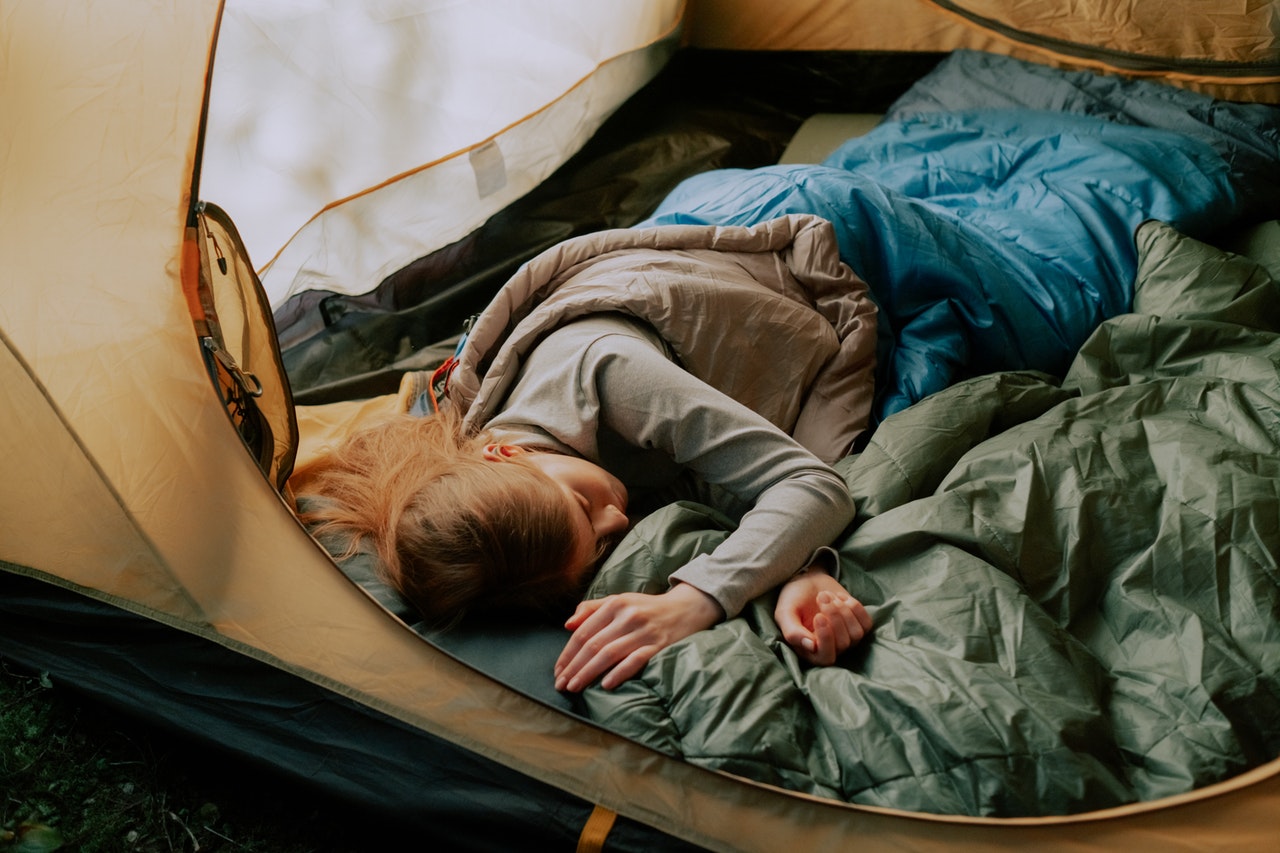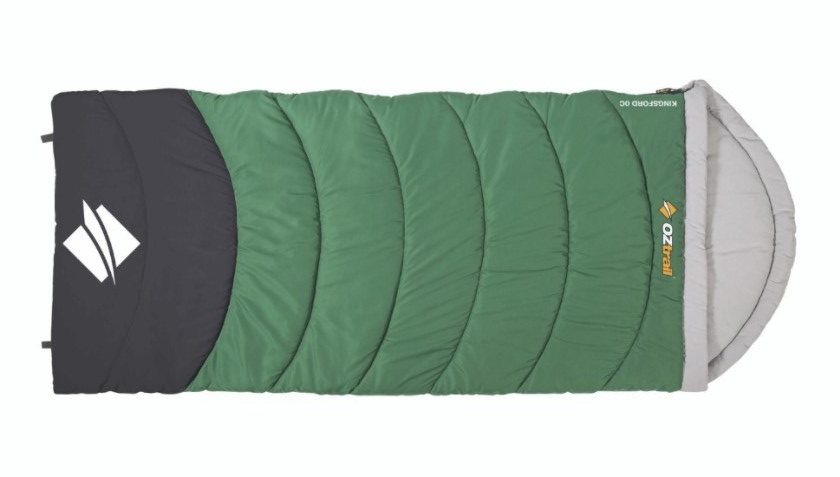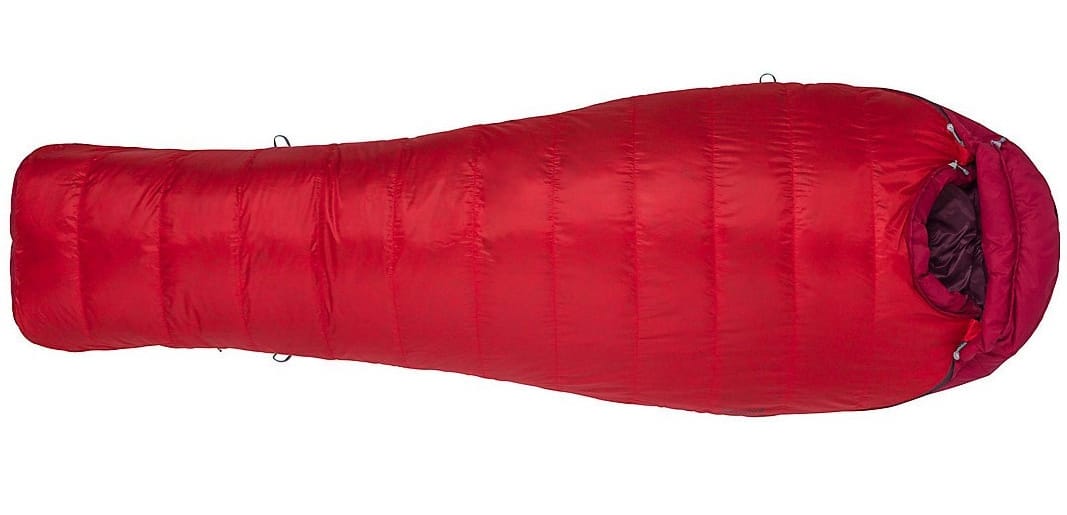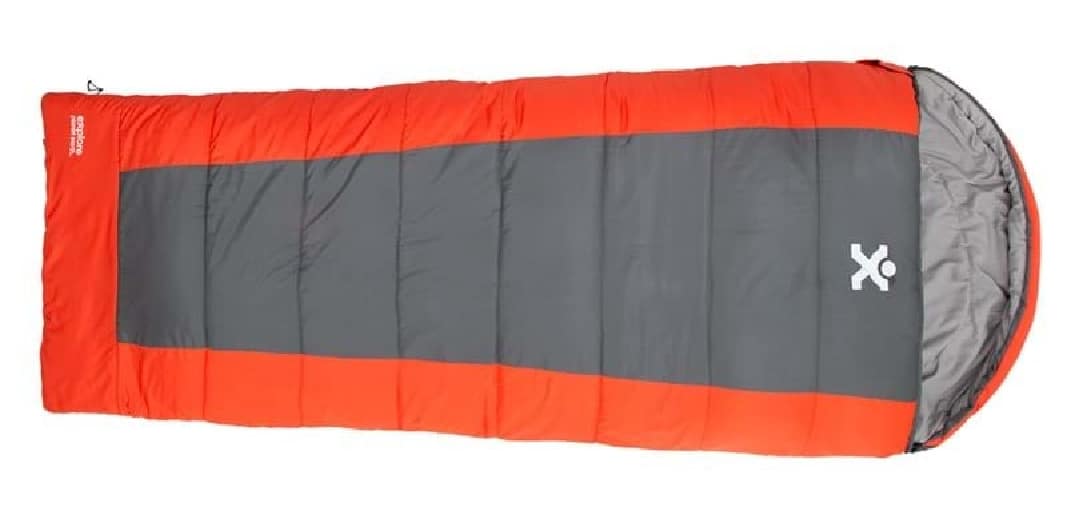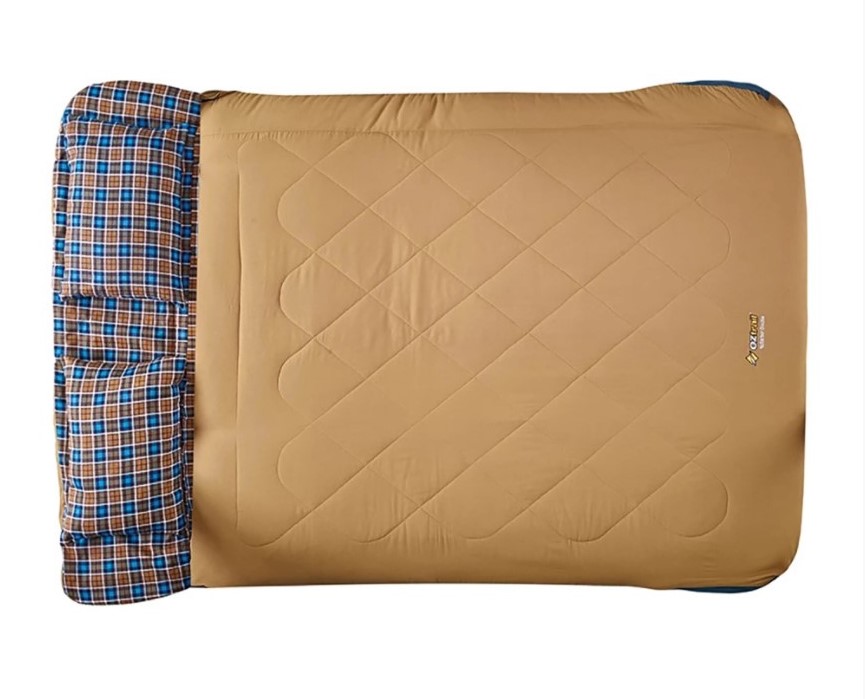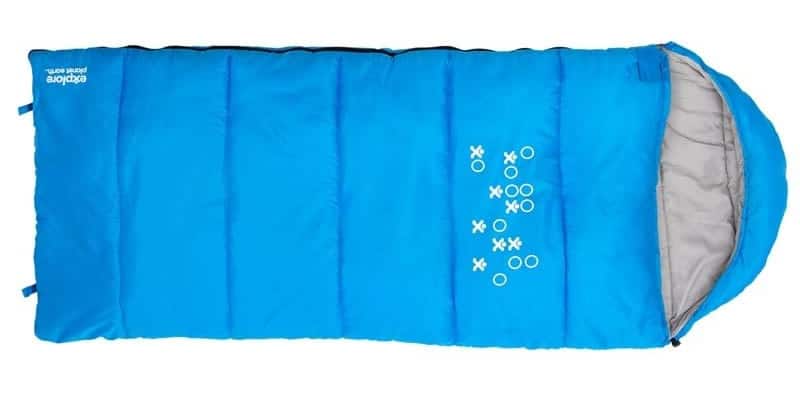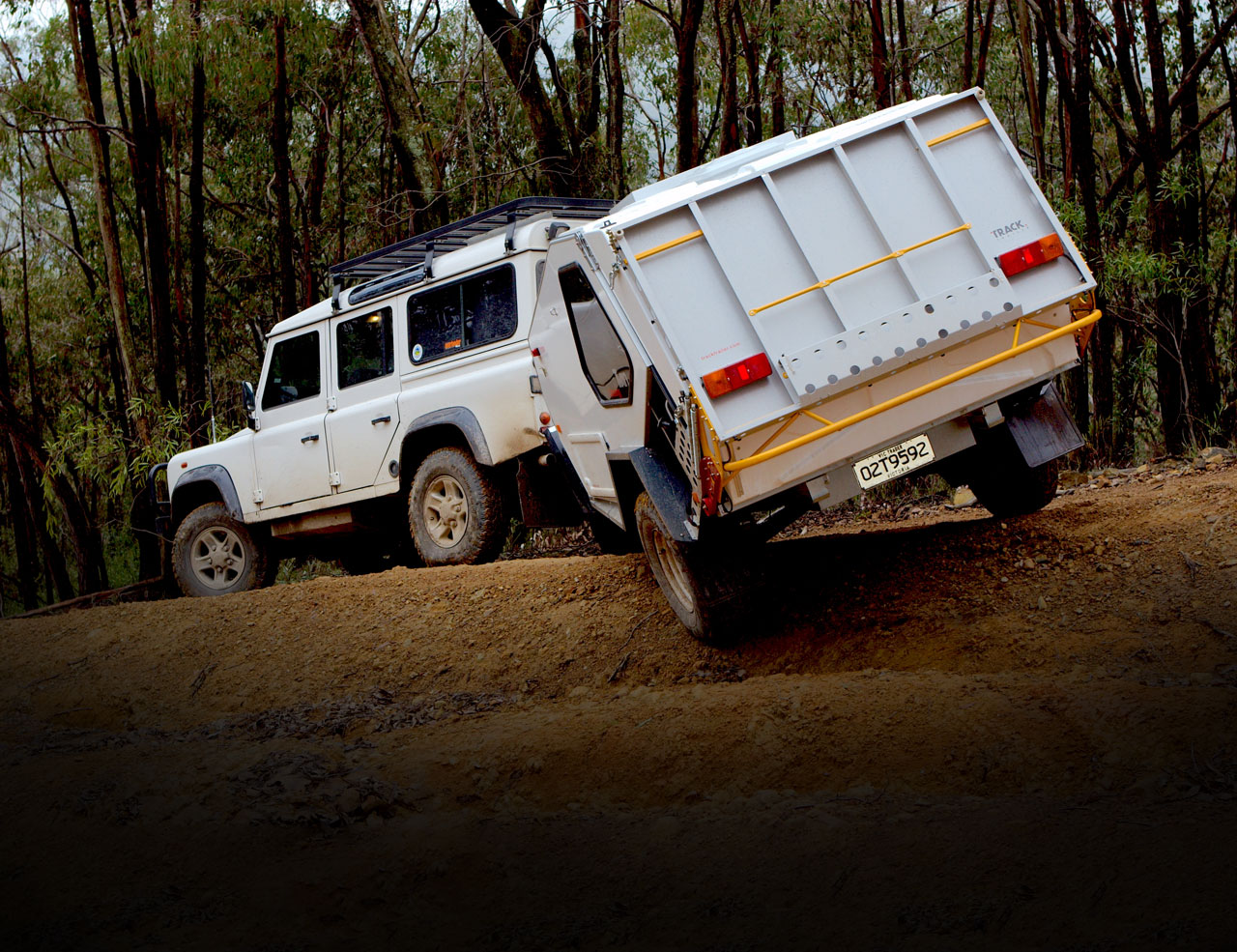This article on choosing a sleeping bag contains affiliate links to products. We may receive a commission for purchases made through these links.
5 Easy tips you need to know before choosing your next sleeping bag
A good night’s sleep can make or break your camping trip, which makes choosing the right sleeping bag all the more important. Before you head down to your local camping store or click that “add to cart” button, be sure to read these five easy tips for choosing your next sleeping bag first.
Tip #1 – Decide whether you will be hiking or chucking it in the back of the car
This is an important factor when choosing a sleeping bag. Sleeping bags for overnight hiking are lighter and pack down much smaller so that you can carry them easily. If you plan to do both, I would get one that is designed for hiking. Every gram counts when you are carrying your home and the contents on your back.
If you only plan to do regular camping, don’t worry about weight and pack size. Even the heaviest sleeping bag won’t put stress on your car and you can usually find a way to squeeze them in somewhere.
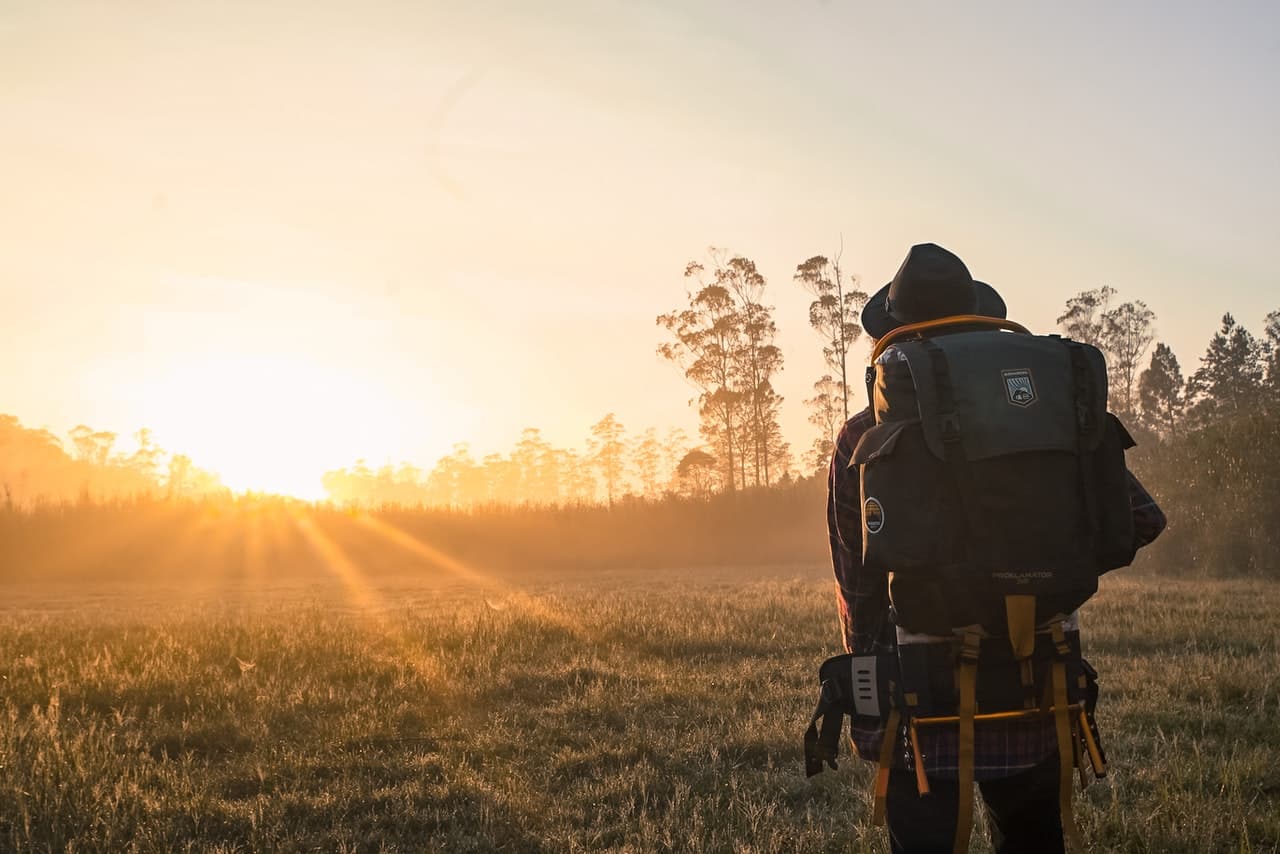
Tip #2 – Are you a hottie or a coldie? Choose wisely!
Sleeping bags have temperature ratings but you should think of them more as guides. It’s hard to account for human variability, so they aren’t always precise. Some of us are natural hotties and some of us feel freezing cold the minute the mercury drops below 15oC.
In Australia, many sleeping bags are rated by the lowest degrees that can keep the average sleeper comfortable. So a bag that’s rated +10oC is designed to theoretically, keep you comfortable at a minimum +10oC. A 0oC sleeping bag is considered a great-all rounder but in my experience as a coldie, I am freezing in one of these when the mercury creeps lower towards its minimum.
I suggest choosing a sleeping bag that’s designed for temperatures less than what you are expecting. It’s much easier to unzip and remove clothes than it is to warm up.
Psst… If you’re a coldie you might like our article on heating up your camping trip.
Tip #3 – Do you want space or to be wrapped up like a burrito?
Although you are probably familiar with the standard rectangular shape sleeping bag, there are actually a few different shapes on the market that you should be aware of when choosing a sleeping bag.
The rectangle
The rectangle is the most common shape and also the least restrictive. They can often be unzipped and used as a standard blanket. The downside to a rectangle is that they are bulky and are the least efficient at keeping you warm. This is because there is more dead space between your body and the bag for your body to heat up.
The OZtrail sleeping bag below from Tentworld is a great example of a classic rectangle-shaped sleeping bag. This one is rated down to 0oC and has the added bonus of a hooded section and tags at the bottom to hang it up for drying.
The mummy
This bag wraps you up like a burrito to maximise warmth and reduce weight. As a result, it’s a popular choice for hikers and looks a little like a cocoon. The major downside is that they’re quite restrictive and if you want to roll over, you have to do it with your bag rather than inside your bag.
You can see from the photograph below of the Marmot Alway Summer sleeping bag from Tentworld that the mummy shape is a lot narrower, particularly down toward the feet end.
The semi-rectangle
This is an odd shape bag that is a cross between a rectangle and a mummy. It’s not as restrictive as a mummy but it’s also not as roomy as a rectangle. It’s basically a great compromise between the both.
The Explore Planet Earth sleeping bag below from CaravanRVCamping is a classic example of a semi-rectangle shaped sleeping bag. You can see from the photograph below that this type of sleeping bag has way more room in the bottom end than a mummy.
The double bag
The double bag is for those who want to snuggle up to keep warm. Some come as one large bag and others come as two single bags that can be joined together. Although they are marketed for couples, they are a great option for those of us with kids that crawl into our beds in the middle of the night.
The OzTrail Nullarbor sleeping bag pictured below from Tentworld is designed to be quiet while you move around at night. Unfortunately, it can’t stop anyone from snoring!
Kids sleeping bags
Kids sleeping bags are the same as adult sleeping bags but they are shorter and smaller and therefore more affordable. Children can wiggle down into an adult sleeping bag and get trapped so this is a much safer option.
The Explore Planet Earth sleeping bag pictured below from CaravanRVCamping is a classic example of a kids sleeping bag. They are usually rectangle-shaped (as kids are wriggly) and this one has a contoured hoodie for colder nights but can also zip out to a blanket on warmer occasions. I particularly like the hanging hooks at the bottom. If you’re camping with younger kids and need to wash it due to nighttime accidents, you can easily hang it up to dry.
Tip #4 – Not all insulators are created equally
Sleeping bags are usually insulated with either a synthetic fill, down fill or a combination of both. Synthetic fill is often polyester and down is a feather gathered from the undercoat of geese, ducks and swans. There are some major pros and cons between choosing a sleeping bag filled with down or synthetic.
Synthetic pros & cons
Pros
- Affordable
- Dries fast
- Non-allergenic
- Insulates when damp
Cons
- Warmth to weight ratio is not as good as down
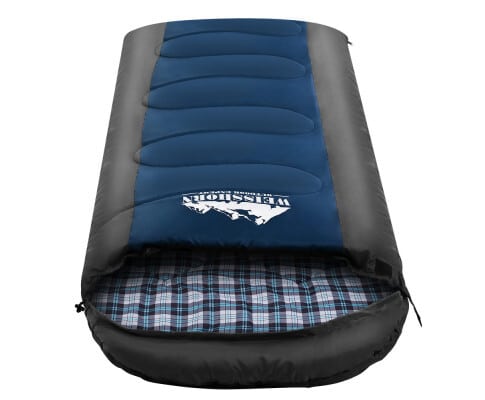
Down pros & cons
Pros
- Lightweight
- Compresses small
- Durable
- Is superior in cold, dry conditions
Cons
- Down is not always ethically sourced as its often a by-product of the meat industry
- More expensive
- Loses insulating efficiency when wet (however many are treated with a water-repellent)
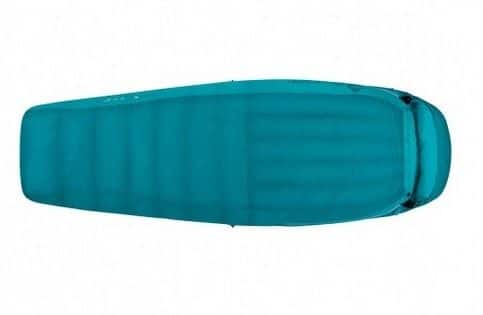
In general, down is often the better, longer-lasting choice.
Tip #5 – Extra features sweeten the deal
You wouldn’t think that sleeping bags come with extra features but surprisingly, many of them do. Here are a few common extras to look out for that sweeten the deal:
- Sleeping bag hood: A snug hoodie with a drawstring toggle that you can pull tight around your head to block out the cold (and the rest of the world).
- Extra zippers: Choosing a sleeping bag with more than one zipper slider makes it easier to free your feet for those times when it’s too hot for a blanket but too cold to not have a blanket.
- Sleeping pad loops: Handy loops that allow you to connect your sleeping pad to your sleeping bag.
- Little stash pockets: A small little pocket for stashing small items like your watch or lip balm.
- Pillow pockets: This is a pocket in the hood that lets you stuff clothes or a towel to make a pillow.
- Anti-snag zippers: Nothing is more annoying than a zipper that keeps catching the fabric. These zippers have either a guard along the zipper or a cover on the zipper itself to prevent it from happening.
So there we have it, our top five tips for choosing a sleeping bag. Now that you’re in the know-how, you’ll be able to choose the best sleeping bag to suit your needs.



